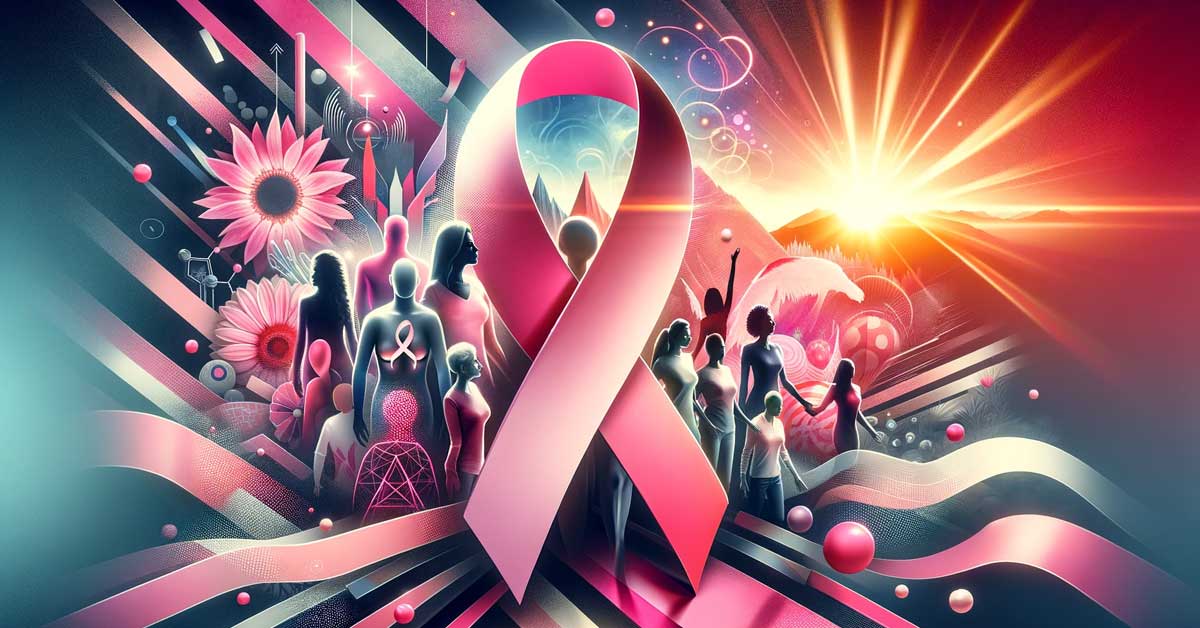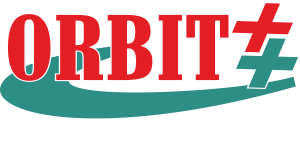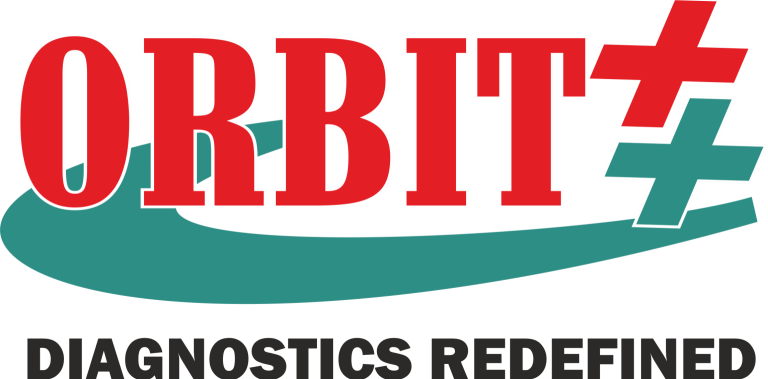
How to detect Breast Cancer, Symptoms of Breast Cancer
Detecting breast cancer early and understanding its symptoms are critical steps in managing and potentially overcoming the disease. Here’s a comprehensive overview:
How to Detect Breast Cancer
Self-Examinations:
- Begin by looking at your breasts in the mirror with your shoulders straight and your arms on your hips. Look for any changes in size, shape, and color.
- Raise your arms and look for the same changes.
- While lying down or in the shower, use your right hand to feel your left breast and then your left hand to feel your right breast. Use a firm, smooth touch with the first few fingers of your hand, keeping the fingers flat and together. Use a circular motion to cover the entire breast from top to bottom, side to side.
Clinical Breast Exams:
- Performed by a healthcare professional, these exams involve physically examining the breasts for lumps or other changes.
Mammography:
- A mammogram is an X-ray of the breast and is among the most effective ways to detect breast cancer early.
Ultrasound:
- Used for further examination if a lump is found, ultrasound helps distinguish between a solid mass (potentially cancer) and a fluid-filled cyst.
Magnetic Resonance Imaging (MRI):
- An MRI is used in certain cases to get a more detailed view, especially for those at high risk.
Biopsy:
- The definitive way to diagnose breast cancer, a biopsy involves removing a small amount of tissue for laboratory analysis.
Symptoms of Breast Cancer
- Lump in the Breast or Underarm: This is often the first noticeable symptom, where a lump or mass feels different from the surrounding tissue.
- Change in Breast Size or Shape: Any change in the size or shape of the breast over time can be a warning sign.
- Skin Dimpling or Puckering: Look out for changes in the skin texture, resembling orange peel.
- Nipple Retraction: The nipple may turn inward or appear different in terms of direction.
- Nipple Discharge: Particularly if it’s bloody, discharge that is not breast milk can be a symptom.
- Redness or Flaky Skin: This can occur in the nipple area or the breast skin.
- Pain: Although lumps are often painless, pain or tenderness in the breast can be a sign of breast cancer.
It’s crucial to remember that these symptoms can also be caused by conditions other than breast cancer. However, if you notice any of these changes, it’s important to consult a healthcare professional as soon as possible for evaluation and, if necessary, early treatment. Regular screenings and awareness of the changes in your body are key to early detection and effective management of breast cancer.

- 35 B, Pusa Road, New Delhi
- support@orbitimaging.in
- 011-46243301-02-03
- 011-46243302
- 011-46243303
- +91 931 015 6328
Newsletter
Signup our newsletter to get update information, news, insight or promotions.
Copyright © 2023 Orbit Imaging & Pathlab Pvt. Ltd., All rights reserved. Powered by Anidm.
